شخصية اليوم أحدث الأخبار
The ‘Green Middle East' vs. the ‘Nuclear Middle East'

Visual Archive

UAE and Montenegro will enhance economic and tourism partnership

The region's first autonomous port truck system will be installed

The UAE and Germany intend to expand their trade and investment collaboration

Around 130 countries support a deal on a global minimum tax for businesses

UK minister travels to Syria's border to push for continuing humanitarian access

Till July 21, Etihad Airways ceases flights from India, Pakistan

Emirates provides an IATA Travel Pass to passengers flying to ten cities

San Marino highlights important national attractions and plans for the Dubai Expo 2020

According to US President, Afghans will determine their future

According to a UN climate change panel assessment, rising temperatures will reduce people's physical ability to work

Saudi German Hospital – highlights the requirement of sufficient levels of vitamin-D to fight covid-19

Warning shots have been fired by Russia at British ship in the Black Sea

The world economy has recovered to pre-pandemic levels: Survey

In 2020, bilateral trade between Dubai and Germany reached Dhs24.6 billion

In the first quarter of the year, UAE, Malaysia bilateral trade reaches Dhs7.25 billion

UAE and Pakistan will enhance their trade and investment opportunities

US is leading the global condemnation of the Houthi drone attack on Asir School

The US and EU have agreed to a 17-year truce in the Airbus-Boeing row

India's goods exports are likely to hit $87.2 billion in the 1st quarter

Naftali Bennett was sworn in as Israel's next prime minister, ending Netanyahu's 12-year reign



 ENG
ENG








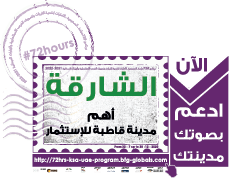
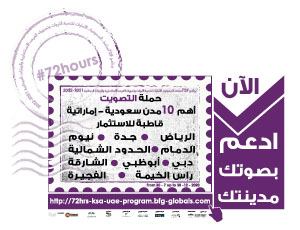
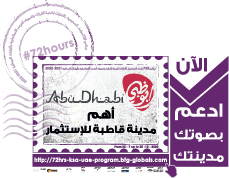
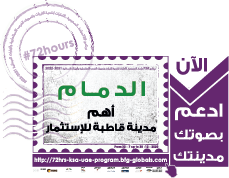
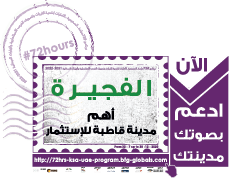
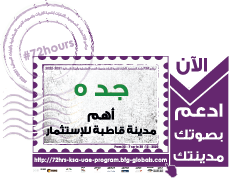
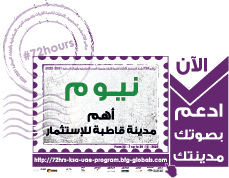
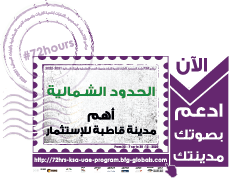
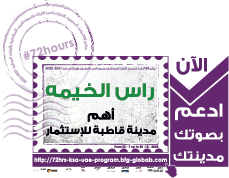
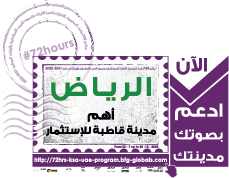










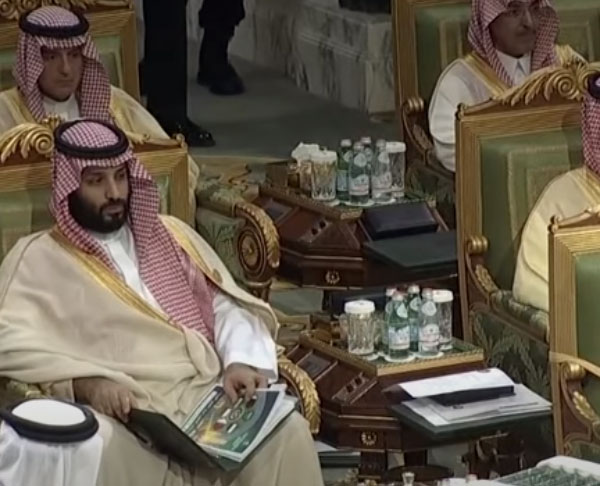
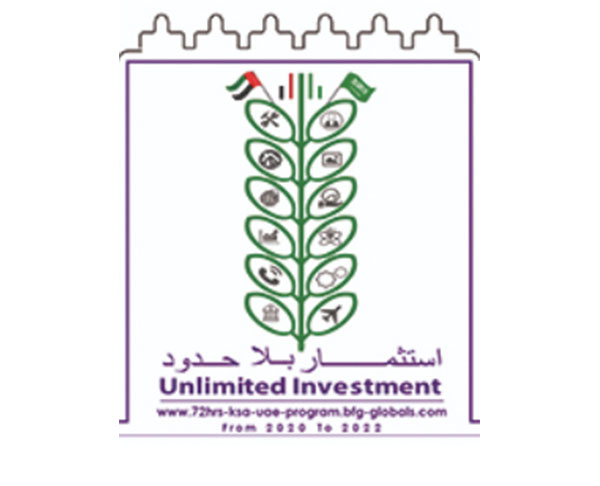
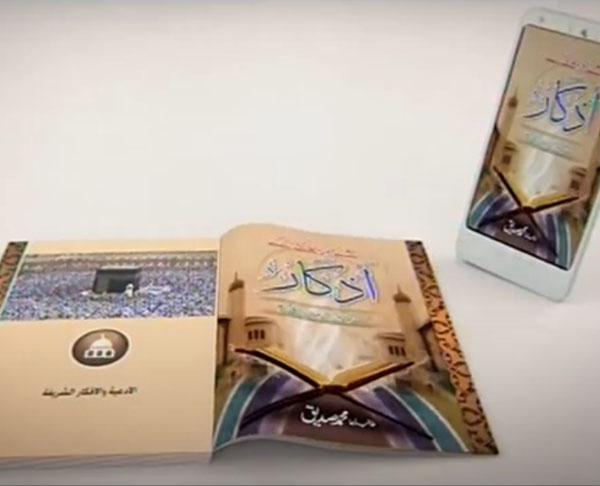

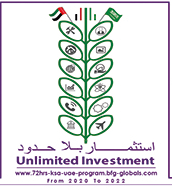
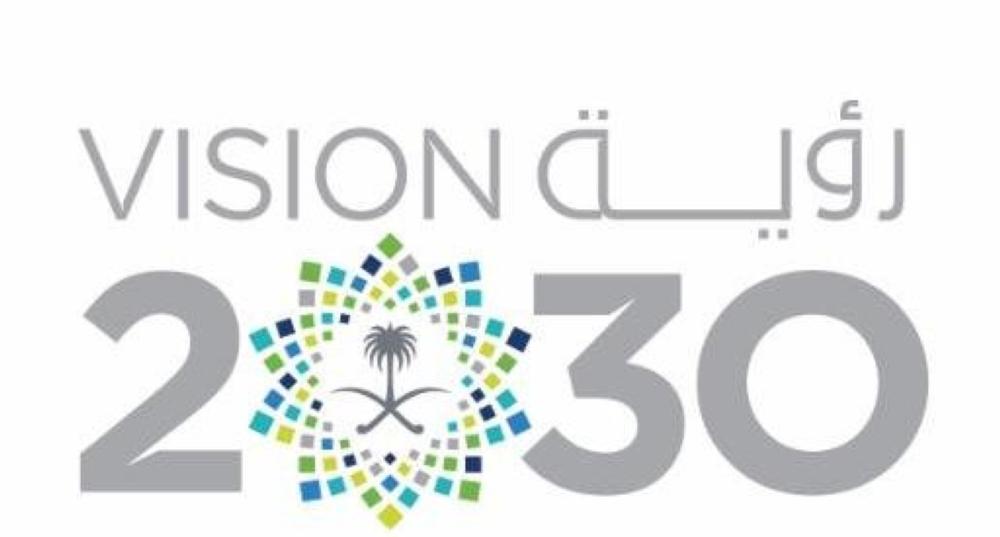
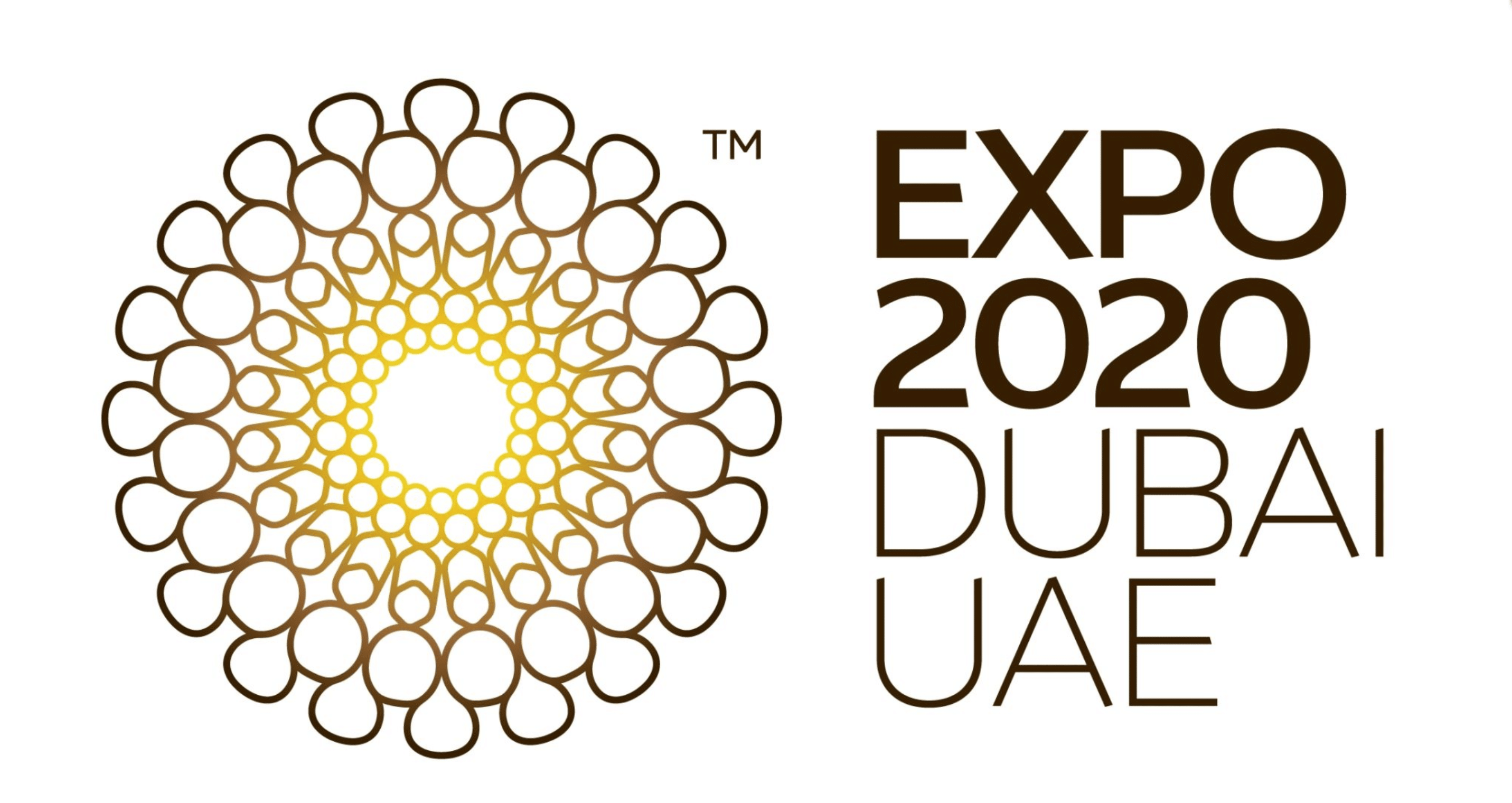
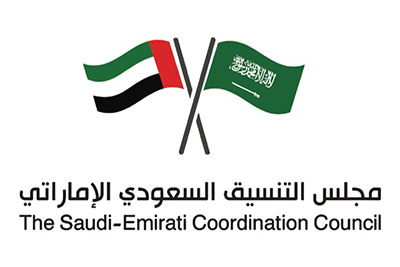
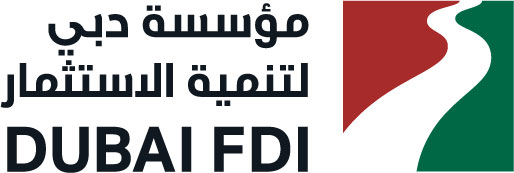

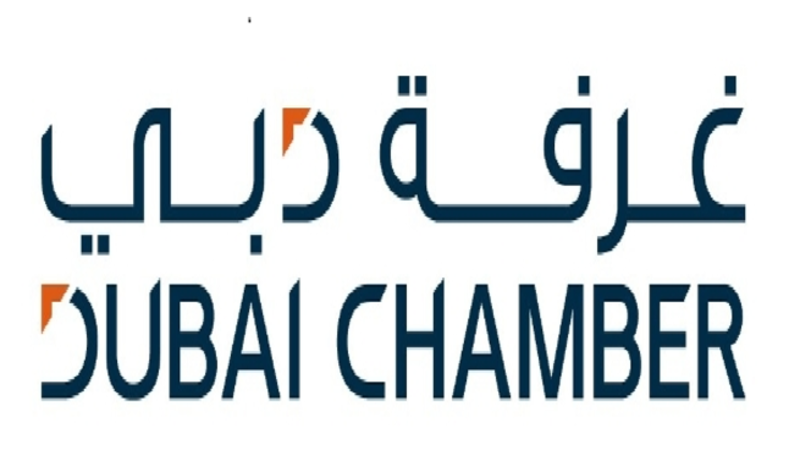
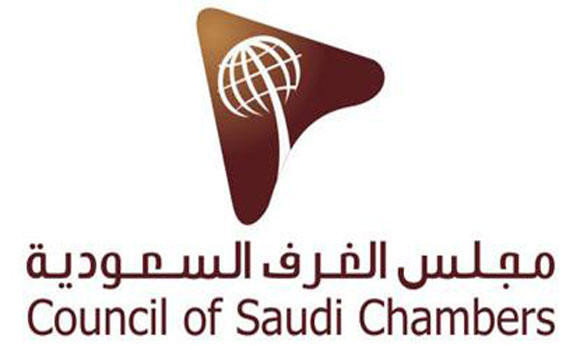


















تواصل معنا